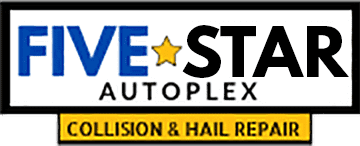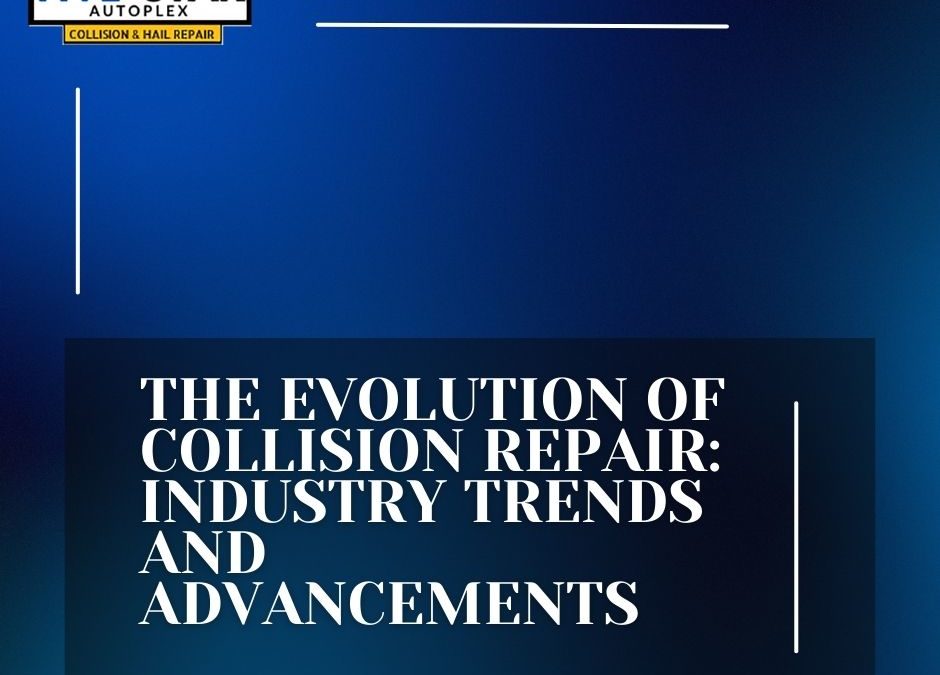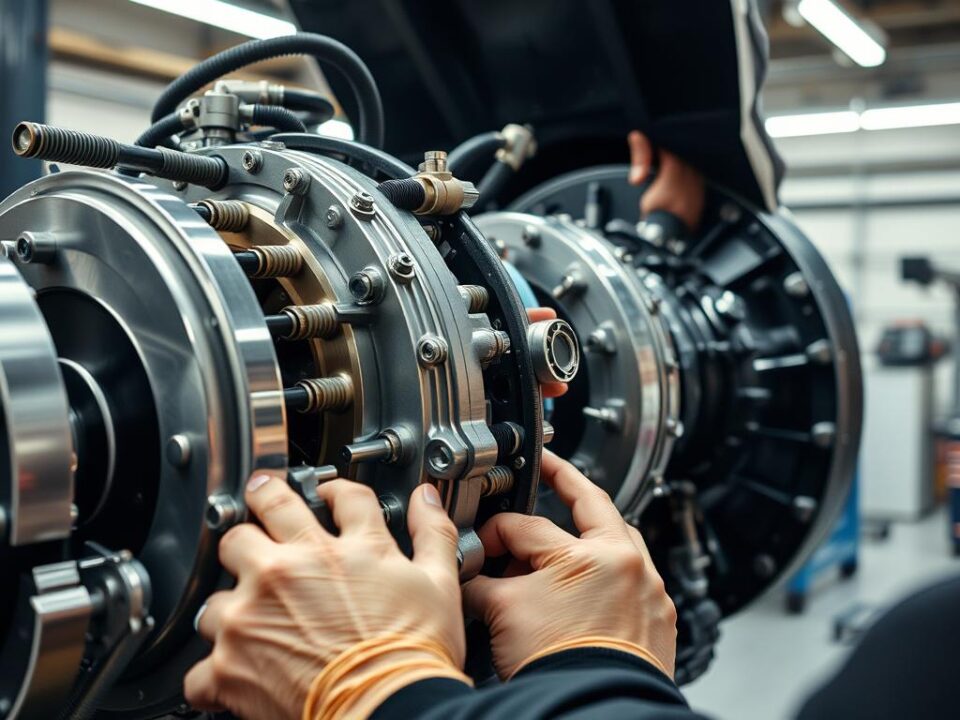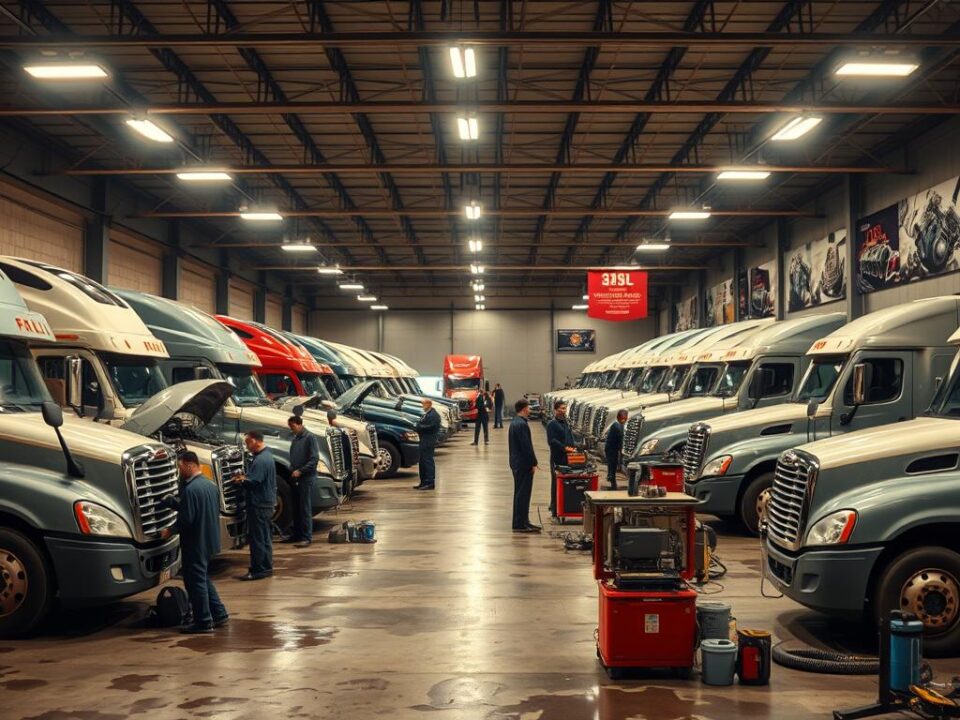
Collision Repair and Vehicle Safety – Restoring Your Peace of Mind

The Importance of OEM Parts in Collision Repair
Collision repair offers many exciting and challenging opportunities. As new designs enter production, providing technicians with new challenges that allow them to expand their knowledge base.
Here is a brief history of the collision repair industry and how 5 Star Auto Body and Paint repair center stays current on the lates in collision repair.
Advances in Metalworking
If you enjoy working on various vehicles and making sure they look as their designers intended, a career in collision repair could be right for you. Collision repair technicians use modern technology to restore cars back to their original state post-collision.
Under OEM repair specifications and procedures of various vehicle manufacturers, their specialists adhere to specific procedures that prevent cutting corners or taking shortcuts which could compromise driving public safety.
After an accident, there are countless details to think about; insurance claims, injuries and doctor appointments all must be handled effectively. Repairing your vehicle should not add an unnecessary source of anxiety – modern metalworking technologies make the repair process faster and more accurate than ever before.
The 1950s and 1960s
In the 1950s, collision industry trends and advances flourished rapidly. One such development occurred when the UAW and Ford, GM and Chrysler signed what is known as the Treaty of Detroit agreement which provided cost-of-living adjustments, actuarially sound pension plans and reserve management rights in shops for five years.
As more lightweight and stronger materials, like aluminum, became commonplace in automotive components, precision collision repair procedures were increasingly required to ensure both long-term durability and safety.
5 STar Collision consistently task it’s team with keeping up with vehicle technology With access to current OEM information that helps ensure technicians can remain knowledgeable.
The 1970s and 1980s
An average collision repair facility in the US generates annual revenues of roughly $1.2 million, providing a powerful indicator of its size and significance to the economy.
It also details the breakdown of revenue sources within the industry, with most coming from parts and labor and the rest coming from paint and other materials. Staying abreast of these statistics is critical in making informed business decisions – as collision repair industry changes quickly, body shops must stay aware of changing trends to remain successful and thrive in order to remain successful and thrive long into the future.
The 1990s and 2000s
The collision repair industry is an expansive and important sector, providing employment to 130,000 people at over 35,000 facilities, and generating approximately $1.2 million annually for each site.
Innovative repair techniques like 3D printing of automotive parts are revolutionizing the industry, offering an eco-friendly alternative to metal and plastic components.
As automobiles evolve, new techniques are needed to maintain and repair them. For instance, advanced driver assistance systems (ADAS), like blind-spot monitoring and emergency braking can significantly decrease chances of accidents and reduce damages; additionally digitized wiring diagrams containing highlighted wiring traces and component locations with connector views testing and OEM specifications allow technicians to work more efficiently.
The 2010s
Today’s collision repair technicians rely on modern technology to restore vehicles back to pre-accident conditions, including computers for precise work and pigment matching experts that ensure paint colors match those on original vehicle bodies exactly.
Technicians work directly with insurance providers to make sure all necessary repairs are covered, and offer detailing services such as waxing, polishing and interior repairs to restore a car to its former glory.
Many trade schools offer Collision Repair and Refinishing Technology programs to educate students on the evolving materials, methods, and technology used in collision repair. Accredited by the National Institute of Automotive Service Excellence (ASE), contact your nearest campus for more information or fill out our free application form to apply!
The Future
The collision repair industry is rapidly evolving with cutting-edge innovations like artificial intelligence (AI), augmented reality (AR), advanced materials and data analytics. By harnessing these technologies, collision repair professionals can offer superior customer services while driving greater business results.
Repairing vehicles after an accident is no simple feat. From small dents to totaled cars, it takes experience and expertise to bring vehicles back into good condition.
By choosing Five Star Body and Paint you get the best repairs while saving up to $1000 on your deductible. Call today to schedule your free estimate.




